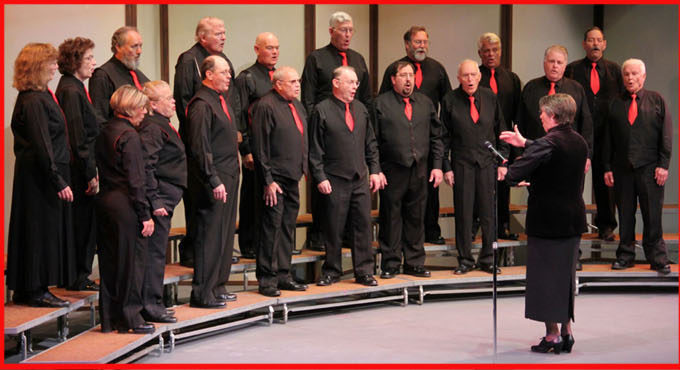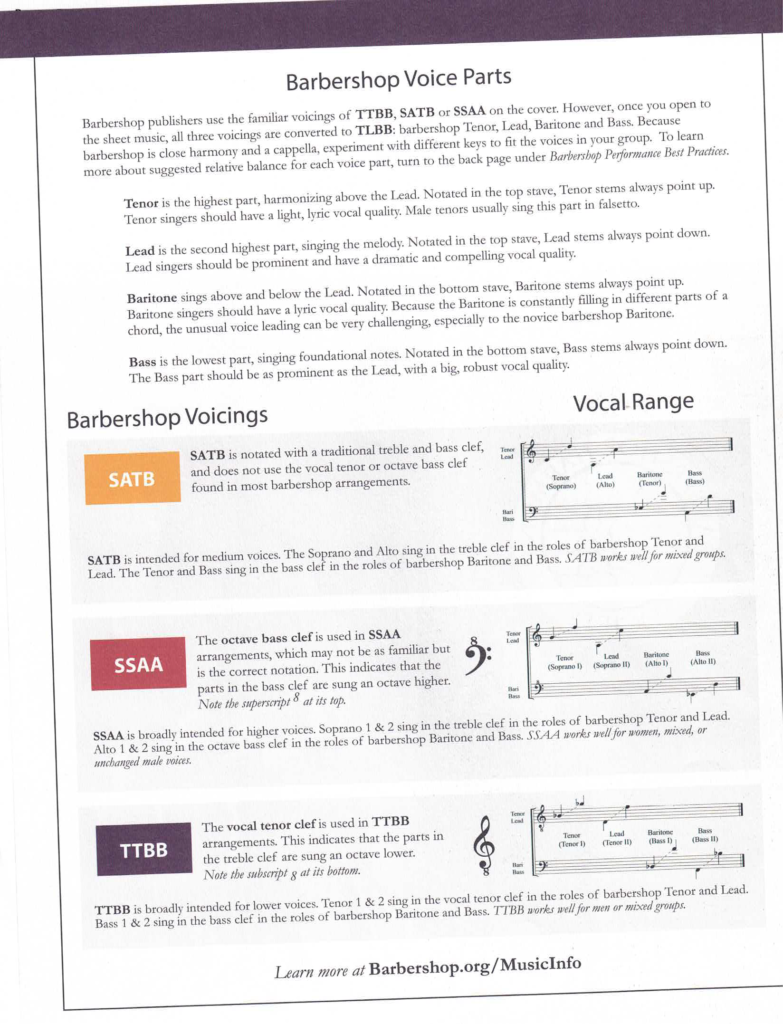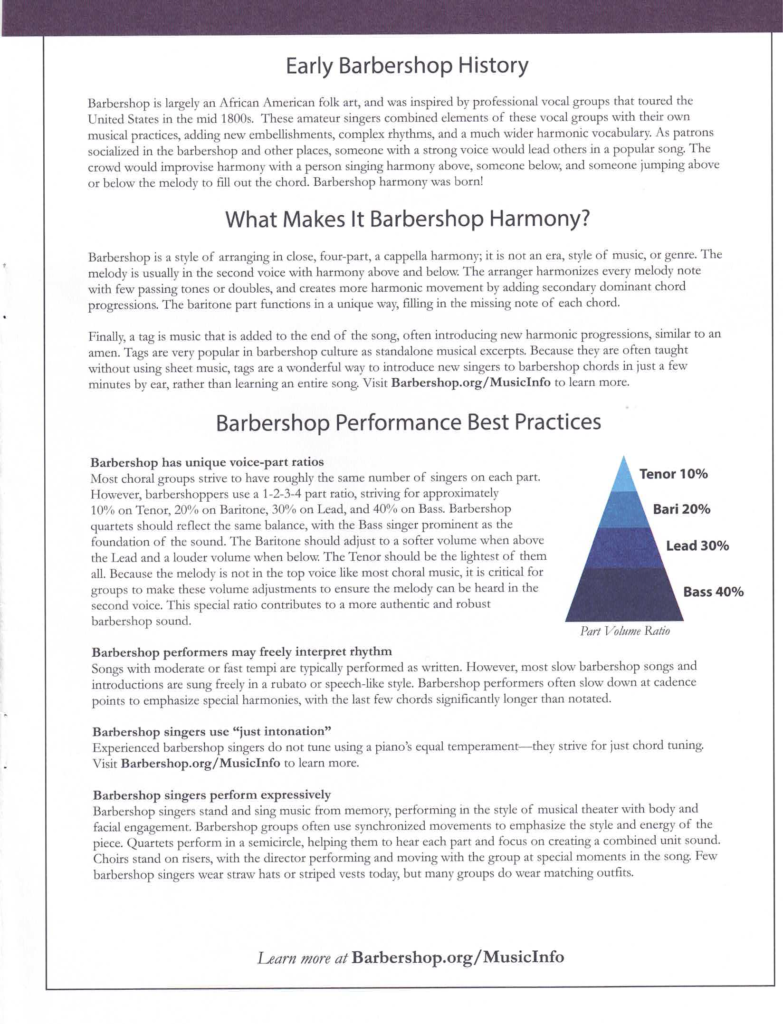The muscle tone that you are accustomed to having will decrease significantly if you don’t sing. Here’s how to get it back.
I no longer had a reason to sing once the pandemic hit, so I didn’t. Yes, I know, “Use it or lose it.” But this would all be over soon anyway, right? Six months later, the church where I serve decided to conduct services in the parking lot, and I was asked to sing. I found that the muscle tone I expected to have in my vocal folds was no longer there. I had to do some restoration work. Have you ever stopped exercising for an extended time and then had to suffer the experience of getting back into shape? It’s not fun, and neither was getting back into vocal shape.
The primary technique I used was the semi-occluded vocal tract, more commonly called the “straw technique,” developed by vocologist Ingo Titze. Many vocal pathologists and singers have used this technique to repair and maintain vocal health.
Below are some steps and cautions when using the straw for general vocalizing and building back your voice.
- Use a straw that has a smaller diameter than the ones in the fast food chains—preferably .5mm or smaller. Vocal pathologists often use a coffee stirrer, but I’ve found, for me, that creates too much back pressure and can create inappropriate tension, which is not our friend.
- Cut the straw in half. For me, longer straws produce a weird, unpleasant vibration. Plus, it doesn’t use as many straws over the long haul.
- When putting the straw in your mouth, be sure to have your tongue under the straw with the tip of your tongue touching the back of your bottom front teeth. If your tongue is pulled back as if you are sipping a soda, the back of your tongue is pushing down on your epiglottis and partially covering your larynx. This will also create inappropriate vocal tension, which is not our friend.
- Using gentle phonation, hum into the straw at a comfortable pitch range with narrow pitch glides (glissandi) up and down. You can do these narrow glides in your
low range and middle range. - Gradually, increase the range distance from the “chest voice” through the mid-range and into the head voice. You can also start in your higher, light head mechanism and do downward glides. As you use the higher registration, allow the vocal folds to thin out. Avoid trying to ram the heavy chest mechanism into the upper registration. The sound you are aiming for is one voice—not three separate voices.
- Repeat. Avoid strain and oversinging.
OTHER VARIATIONS
- Sing simple songs that are in your comfortable range, and then sing them in different keys.
- Sing the songs you are working on in the correct keys.
- Use the straw with the vocal warm-ups your director uses in rehearsals
SOME SUGGESTIONS AND CAUTIONS
- Go slowly.
- If there’s pain, STOP! You’re doing something wrong. Work carefully through the sequence, noting where discomfort begins. Is it tension? Poor technique? Too much too soon?
- Experiment with different diameter straws.
- Keep your tongue forward and your larynx comfortably low at all times, because inappropriate tension is not our friend.


